| [1] Gómez-Barrena E, Rosset P, Lozano D, et al. Bone fracture healing: cell therapy in delayed unions and nonunions. Bone. 2015;70:93-101.[2] Rubin C, Bolander M, Ryaby JP, et al. The use of low-intensity ultrasound to accelerate the healing of fractures. J Bone Joint Surg Am. 2001;83-A(2):259-270.[3] García-Gareta E, Coathup MJ, Blunn GW. Osteoinduction of bone grafting materials for bone repair and regeneration. Bone. 2015;81:112-121.[4] Pittenger MF, Mackay AM, Beck SC, et al. Multilineage potential of adult human mesenchymal stem cells. Science. 1999;284(5411):143-147.[5] Glenn JD, Whartenby KA. Mesenchymal stem cells: Emerging mechanisms of immunomodulation and therapy. World J Stem Cells. 2014;6(5):526-539.[6] Satija NK, Gurudutta GU, Sharma S, et al. Mesenchymal stem cells: molecular targets for tissue engineering. Stem Cells Dev. 2007;16(1):7-23.[7] 张翔,李玉宝,吕国玉,等.n-HA/PA66复合材料中两相作用机理研究[J].功能材料,2005,36(6):896-899.[8] Zhang J, Huang C, Xu Q, et al. Biological properties of a biomimetic membrane for guided tissue regeneration: a study in rat calvarial defects. Clin Oral Implants Res. 2010;21(4):392-397.[9] Zhang JC, Lu HY, Lv GY, et al. The repair of critical-size defects with porous hydroxyapatite/polyamide nanocomposite: an experimental study in rabbit mandibles. Int J Oral Maxillofac Surg. 2010;39(5):469-477.[10] 戚孟春,邓久鹏,董伟,等.骨髓间充质干细胞与支架材料nHA/PA66复合培养的生物活性研究[J].口腔医学研究, 2010,26(6):805-807.[11] Wang H, Li Y, Zuo Y, et al. Biocompatibility and osteogenesis of biomimetic nano-hydroxyapatite/ polyamide composite scaffolds for bone tissue engineering. Biomaterials. 2007;28(22):3338-3348.[12] 温从游,孟纯阳,蒋电明.纳米羟基磷灰石/聚酰胺66复合材料的研究及应用[J].中国组织工程研究, 2014,18(3):464-469.[13] Hietaniemi K, Peltonen J, Paavolainen P. An experimental model for non-union in rats. Injury. 1995;26(10):681-686.[14] Nakamura A, Akahane M, Shigematsu H, et al. Cell sheet transplantation of cultured mesenchymal stem cells enhances bone formation in a rat nonunion model. Bone. 2010;46(2):418-424.[15] 石应康,邱贵兴,杨连粤.外科学[M].2版.北京:人民卫生出版社,2010.[16] Fekrazad R, Sadeghi Ghuchani M, Eslaminejad MB, et al. The effects of combined low level laser therapy and mesenchymal stem cells on bone regeneration in rabbit calvarial defects. J Photochem Photobiol B. 2015;151:180-185.[17] Mathieu M, Rigutto S, Ingels A, et al. Decreased pool of mesenchymal stem cells is associated with altered chemokines serum levels in atrophic nonunion fractures. Bone. 2013;53(2):391-398.[18] Seebach C, Henrich D, Tewksbury R, et al. Number and proliferative capacity of human mesenchymal stem cells are modulated positively in multiple trauma patients and negatively in atrophic nonunions. Calcif Tissue Int. 2007;80(4):294-300.[19] Hofmann A, Ritz U, Hessmann MH, et al. Cell viability, osteoblast differentiation, and gene expression are altered in human osteoblasts from hypertrophic fracture non-unions. Bone. 2008;42(5):894-906.[20] 张翔,李玉宝,吕国玉,等.n-HA/PA66复合材料中两相作用机理研究[J].功能材料,2005,36(6):896-899.[21] Li J, Li Y, Ma S, et al. Enhancement of bone formation by BMP-7 transduced MSCs on biomimetic nano-hydroxyapatite/polyamide composite scaffolds in repair of mandibular defects. J Biomed Mater Res A. 2010;95(4):973-981.[22] Fayaz HC, Giannoudis PV, Vrahas MS, et al. The role of stem cells in fracture healing and nonunion. Int Orthop. 2011;35(11):1587-1597.[23] Dimitriou R, Jones E, McGonagle D, et al. Bone regeneration: current concepts and future directions. BMC Med. 2011;9:66.[24] 魏均强,张伯勋,张华,等.萎缩性骨折不愈合的研究新进展[J].中国骨伤,2012,25(12):1053-1055.[25] 袁志,刘建.骨不连的防治[J].创伤外科杂志, 2011,13(2): 189-193.[26] Xiong Y, Ren C, Zhang B, et al. Analyzing the behavior of a porous nano-hydroxyapatite/polyamide 66 (n-HA/PA66) composite for healing of bone defects. Int J Nanomedicine. 2014;9:485-494.[27] García-Gareta E, Coathup MJ, Blunn GW. Osteoinduction of bone grafting materials for bone repair and regeneration. Bone. 2015;81:112-121. [28] Jiang X, Zhao J, Wang S, et al. Mandibular repair in rats with premineralized silk scaffolds and BMP-2- modified bMSCs. Biomaterials. 2009;30(27): 4522- 4532.[29] Chang SC, Lin TM, Chung HY, et al. Large-scale bicortical skull bone regeneration using ex vivo replication-defective adenoviral-mediated bone morphogenetic protein-2 gene-transferred bone marrow stromal cells and composite biomaterials. Neurosurgery. 2009;65(6 Suppl):75-81.[30] Zhu S, Song D, Jiang X, et al. Combined effects of recombinant human BMP-2 and Nell-1 on bone regeneration in rapid distraction osteogenesis of rabbit tibia. Injury. 2011;42(12):1467-1473. |
.jpg)
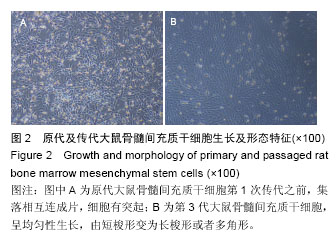
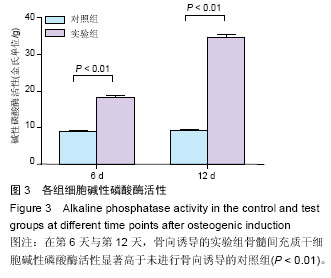
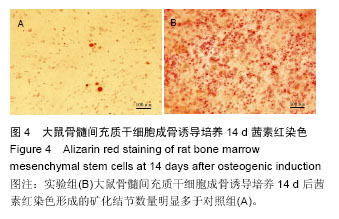
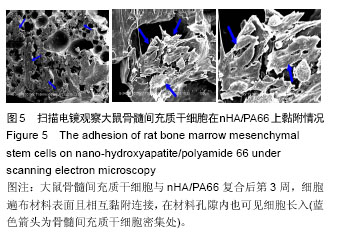
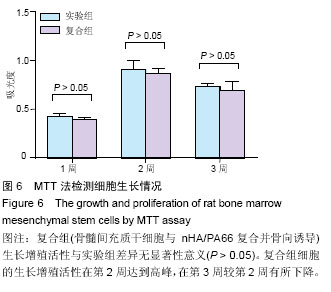




.jpg)
.jpg)